Biocement
2021
As climate change accelerates the mass migration of people to urban centers, new, and globally applicable low embodied carbon material innovations are urgently needed. Concrete makes up 80% of the average city and accounts for more than 8% of global CO2 emissions. In the last 30 years, advances have been made to reduce the energy use in the production of cement by incorporating waste products from other industrial processes. However, the scale of new construction over the next 50-100 years will require far greater innovation to meet demand without exacerbating climate change to an untenable degree. While there are many incremental solutions being proposed to address this problem, direct use of local mineral and microbiological resources is largely underexplored. Microbially Induced Calcium Carbonate Precipitation (MICP) presents a possible path towards replacing cement for ground stabilization, foundations, and structural building elements. In this paper, we evaluate the ability of MICP to scale to global construction demands while satisfying the strengths and weathering requirements of different environments and building typologies. Based on the results of physical experiments, we present possible approaches for the incorporation of MICP in the architecture, engineering, and construction (AEC) industry through a proposal of delivery methods for unsterilized and local environments, a life cycle assessment of the resources needed for the process, and an evaluation of compressive strengths. In doing so, we demonstrate the potential for MICP as a low embodied carbon tool that can extend the use of earthen structures in modern construction practice.
Project team: Sandy Curth and Laura Gonzales
Advising: Caitlin Mueller, Justin Buck, Elsa Olivetti
Parts of this ongoing project were documented in Laura’s SMArchs thesis.
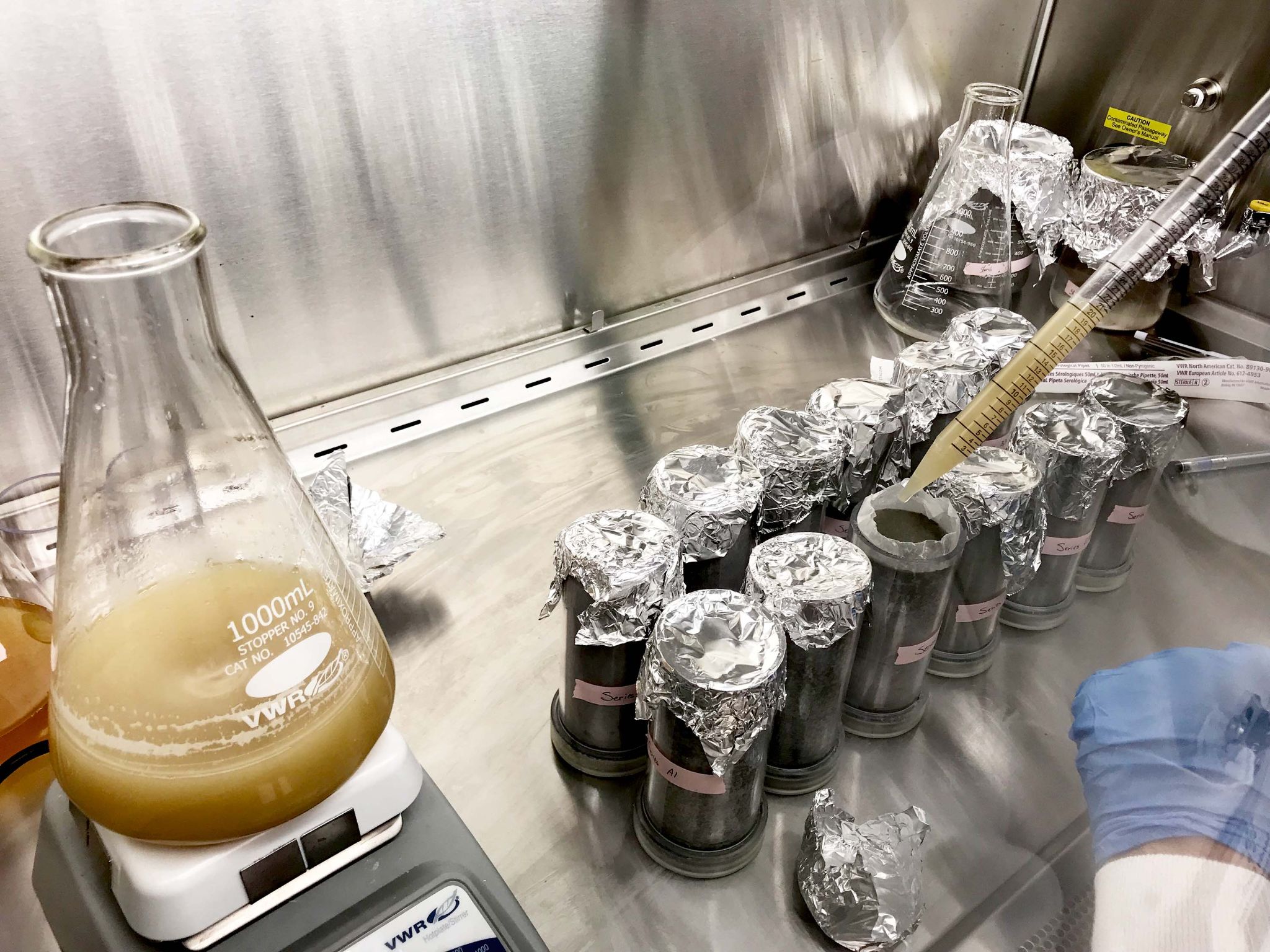
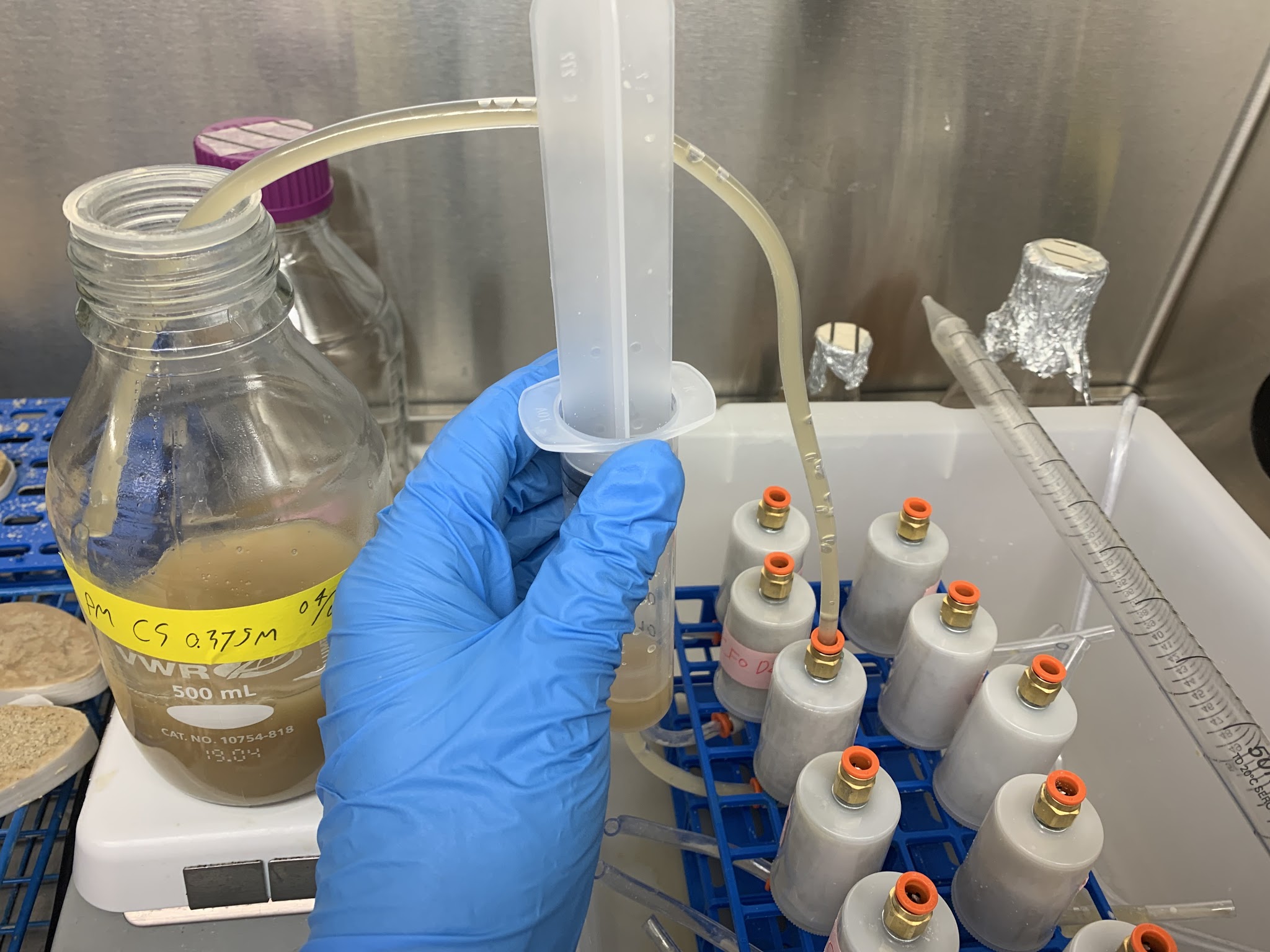
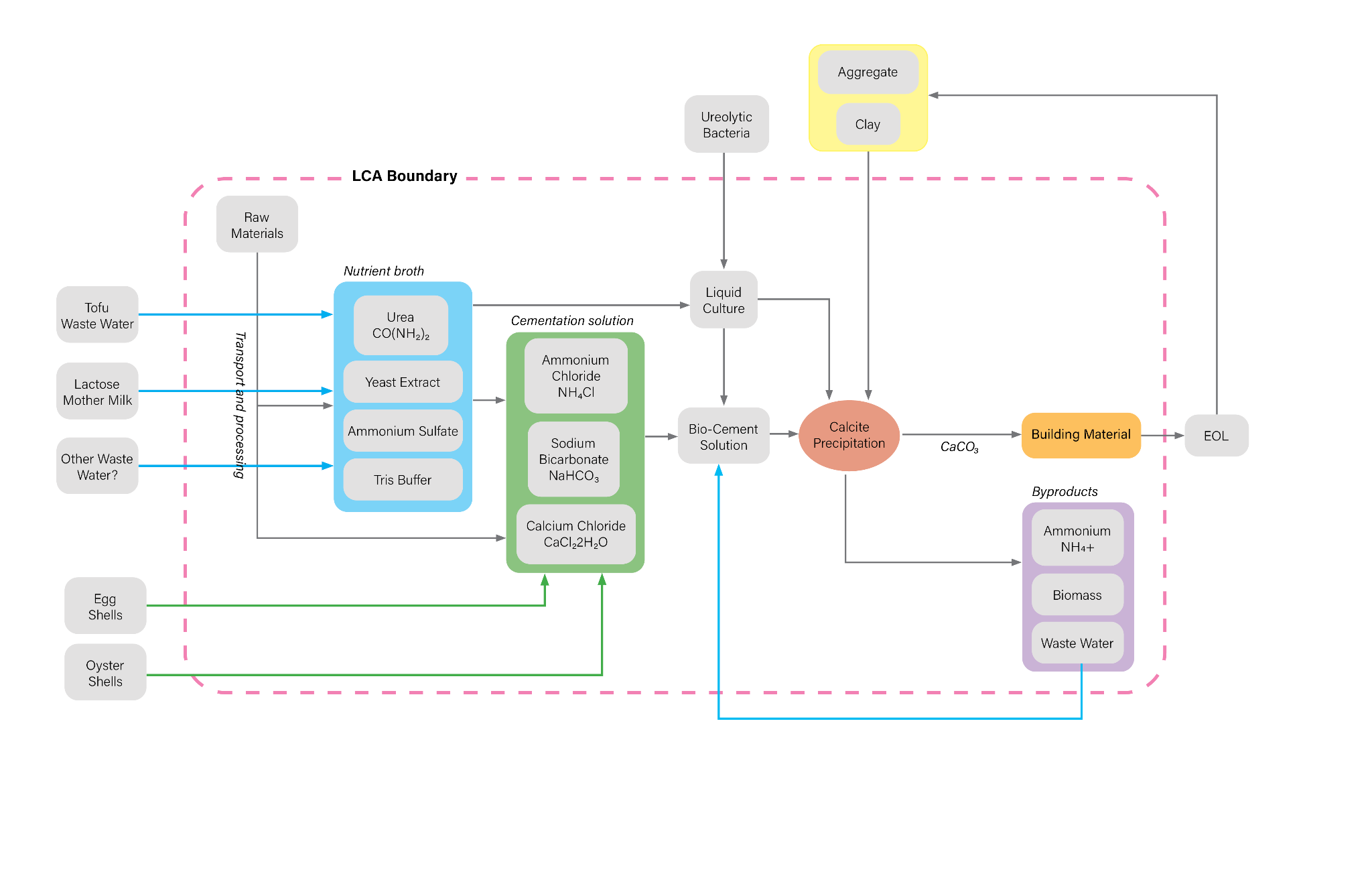
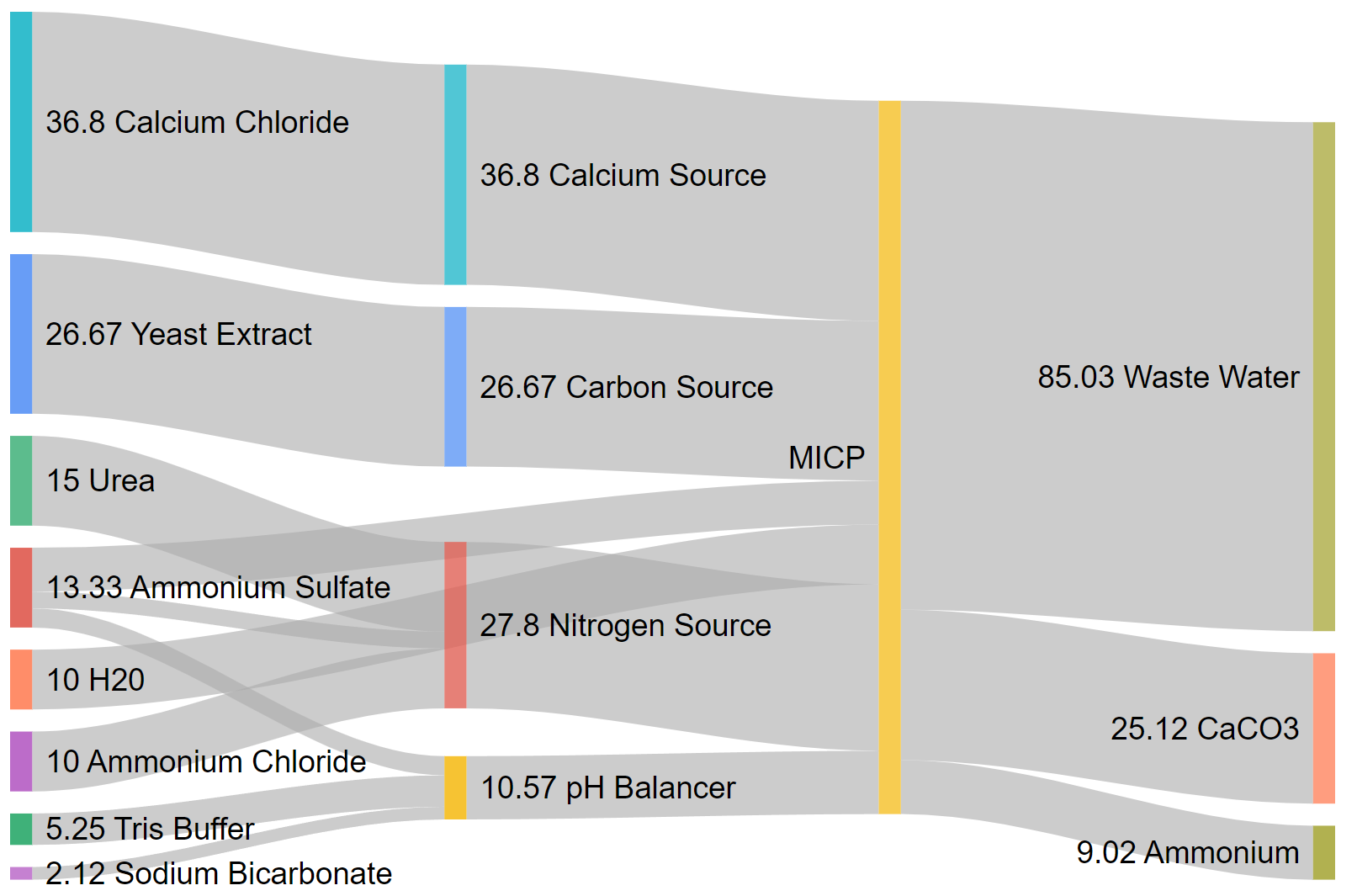
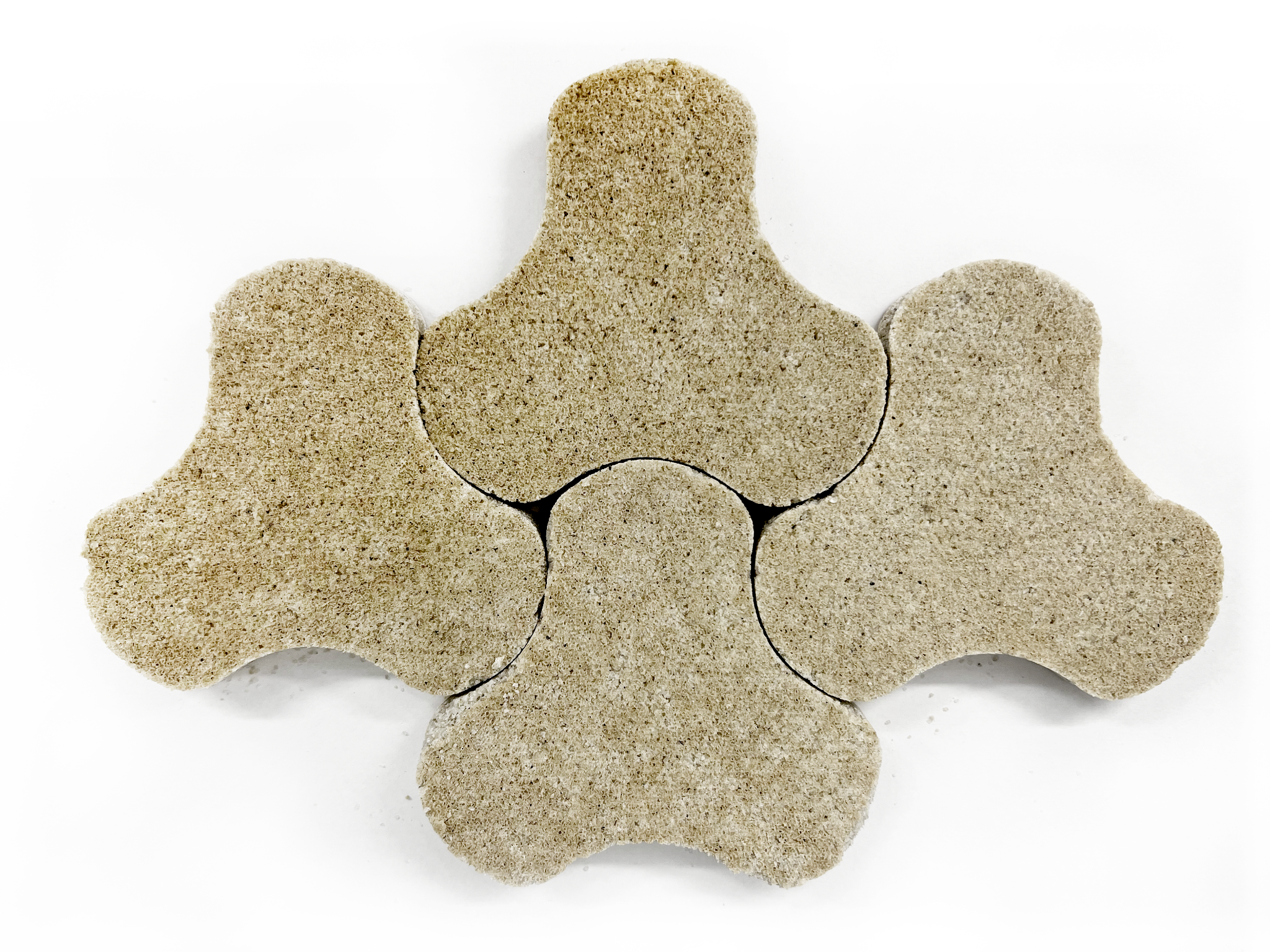

MIT Accessibility Information